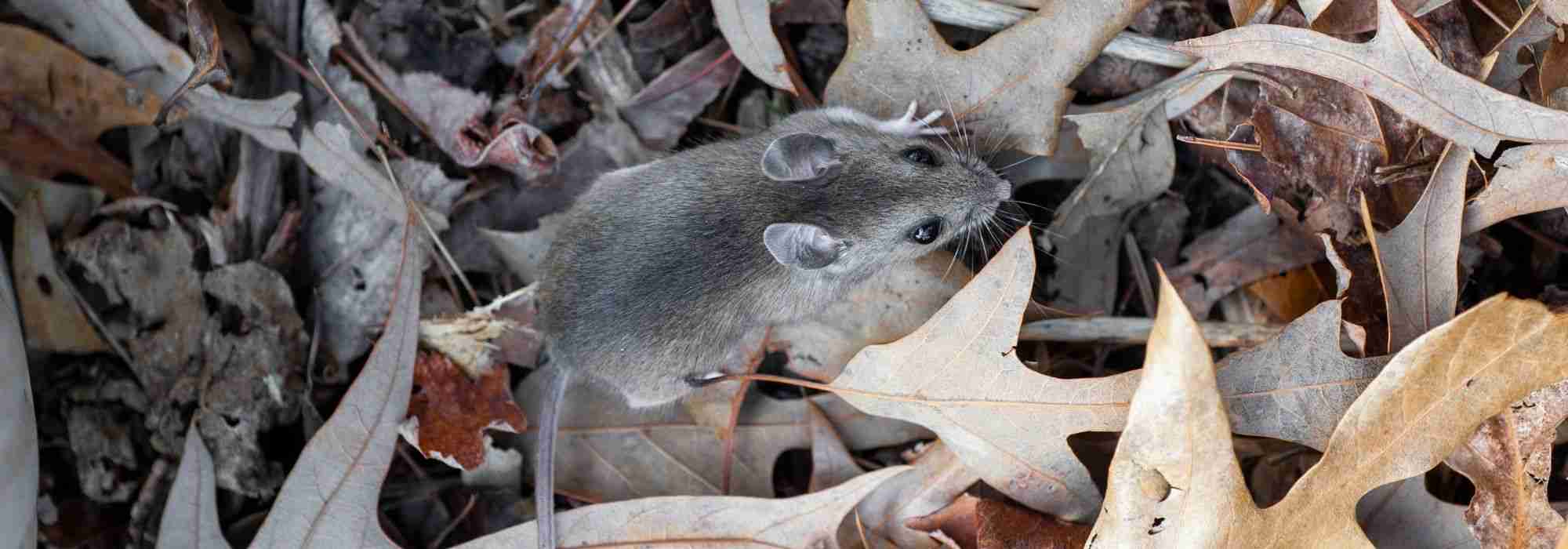
How to protect bulbs from rodents?
Our foolproof methods to protect your bulbs
Contents
In the garden, autumn is synonymous with planting bulbs. Tulips, hyacinths, crocuses… We plant these spring-flowering bulbs by the dozens, even by the hundreds, to see them flourish in the flowerbeds. Unfortunately, we are not the only ones who appreciate them!
Rodents (voles, field mice…) that primarily live underground delight in these flower bulbs when their numbers increase, shamelessly nibbling away at the entire bulb. If you see nothing blooming in spring and your flowerbeds are in disarray, the culprit is likely hiding… in a mouse hole!
Bulb baskets, wire cages, toxic bulbs, or repellent plants such as Incarvillea, the epurge, or even the imperial fritillary, there are simple and environmentally friendly solutions to implement right from planting to keep these harmful rodents at bay.
Discover our foolproof methods to protect your bulbs from rodents.
Which bulbs are rodents' favourites?
Among the bulbs that are particularly appreciated by voles, field mice (the most destructive!), and other small rodents, we find tulip bulbs, hyacinths, crocuses, alliums, dahlias, as well as gladioli and camassia.
Other animals living underground, such as moles, can also cause damage to bulbs. However, moles are insectivorous, and the damage they cause is due to their tunnels, which destroy the root system of the bulbs.
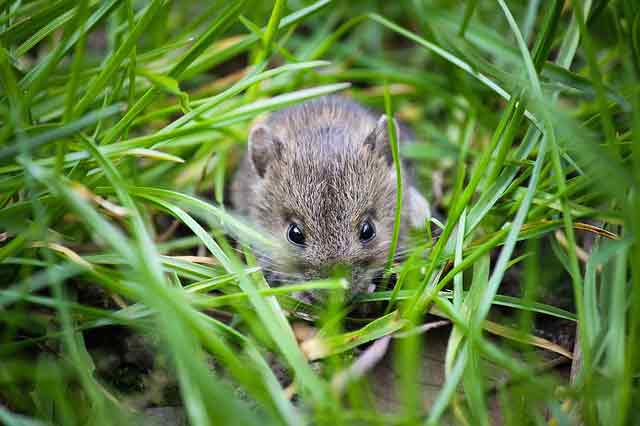
Flower bulbs are a feast for small rodents
Which bulbs are not afraid of anything?
Some bulbous plants are reputed to be unafraid of rodents. Certain bulbs such as daffodils, snowdrops, amaryllis, and Sternbergia or false crocus, are toxic and are not consumed by these destructive mammals.
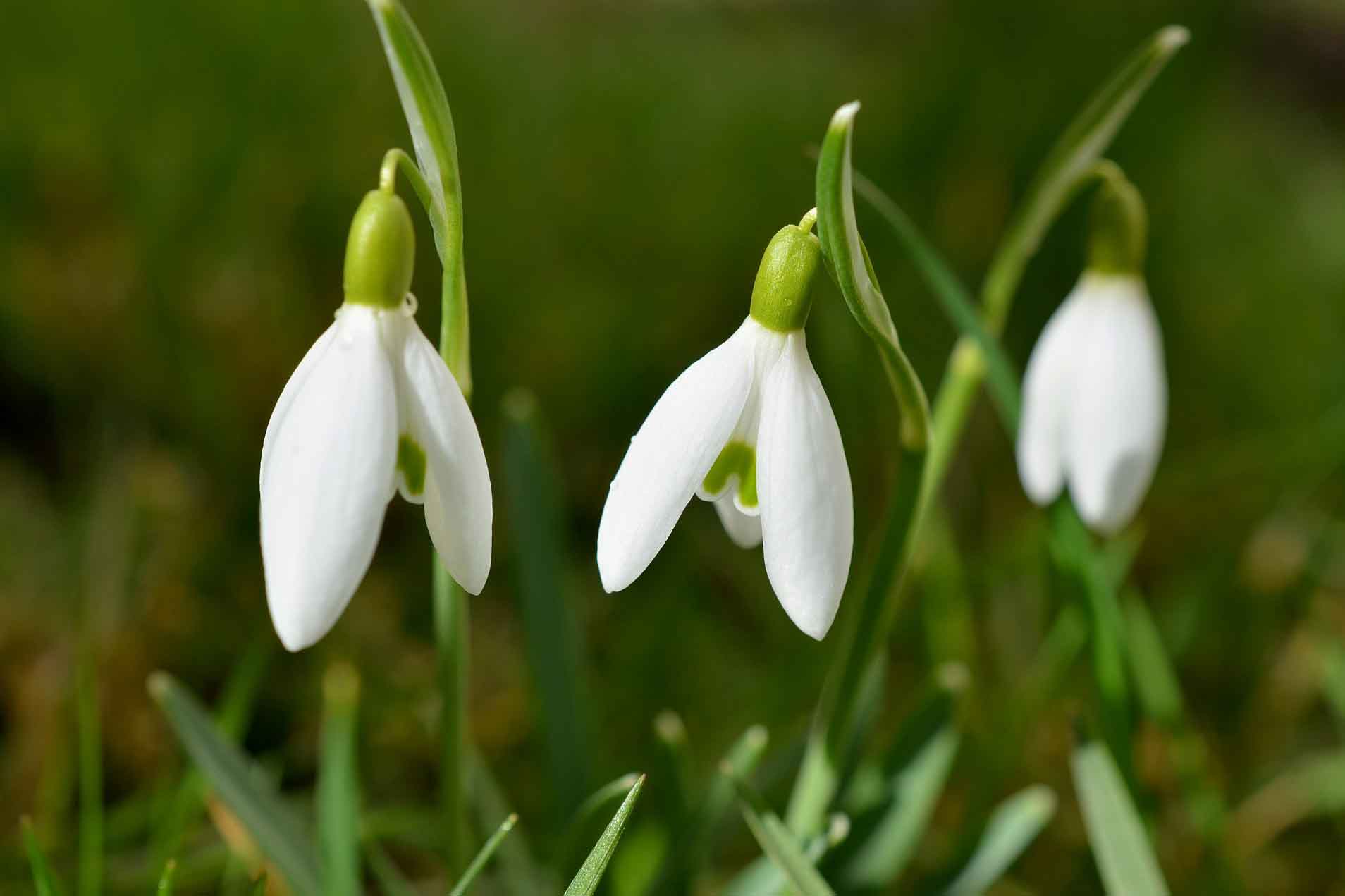
Snowdrops or Galanthus are among the bulbs spared by rodents
Discover other Summer flowering bulbs
View all →Available in 1 sizes
Available in 1 sizes
Available in 2 sizes
Available in 1 sizes
Available in 1 sizes
Available in 1 sizes
Available in 2 sizes
Available in 2 sizes
Available in 1 sizes
Available in 1 sizes
Natural repellent methods
Autumn and winter are the most daunting seasons for your bulbs: mice and voles nibble on the bulbs, while moles dig tunnels that damage their roots. To keep them at bay, bet on smelly plants!
Indeed, some plants emit a strong odour in the soil that is unpleasant to moles, voles, and other rodents. What are these beautiful repellents?
- The Imperial Fritillary, also known as “Crown Imperial”: the anti-mole bulb
Underground, the large toxic bulb of the Fritillaria imperialis emits an unpleasant smell within a radius of 1.5 metres, which has the advantage of driving away pests. Growing 75 cm to 1 metre tall, they will look stunning when regularly arranged in clumps among your tulips. They should be planted in autumn, from September to October, alongside your other bulbs and will remain in place for many years.
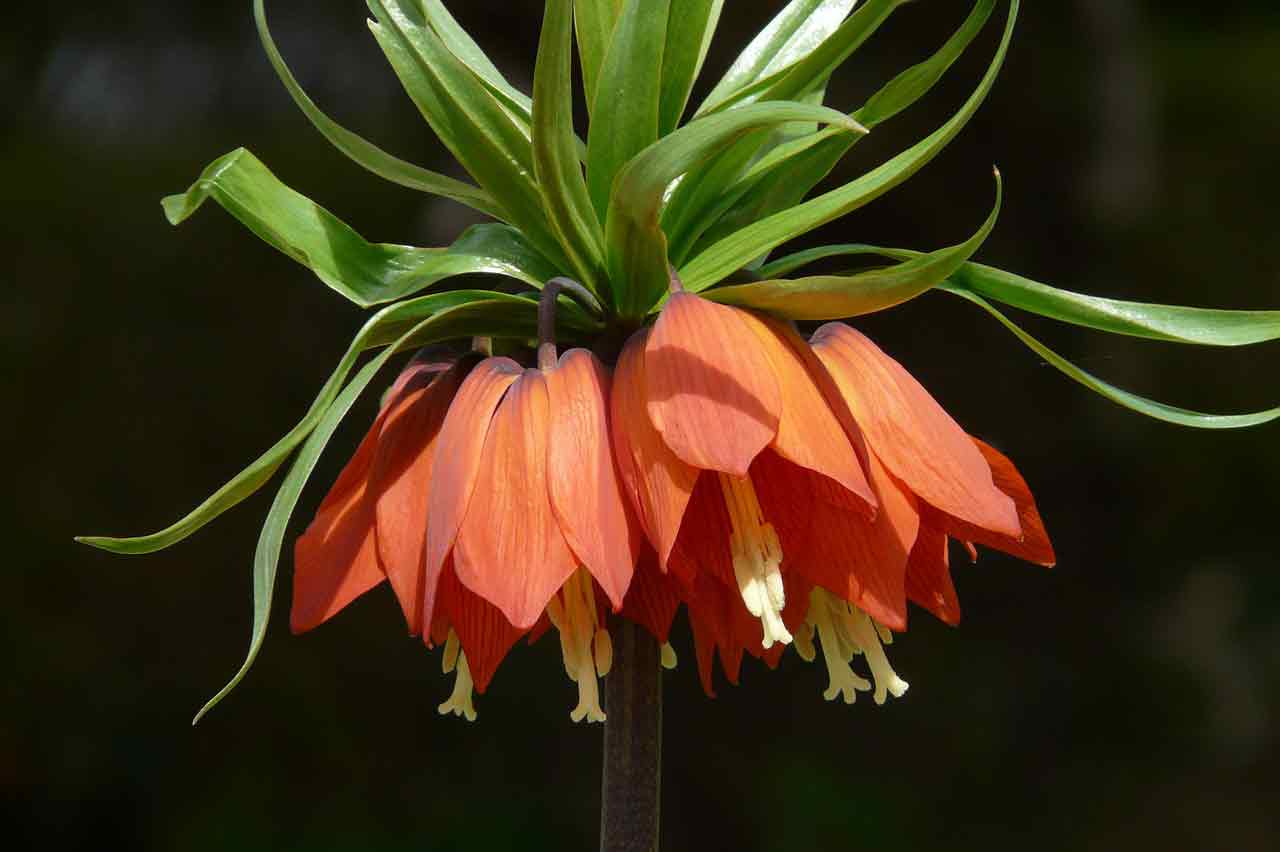 With its majestic appearance, this perennial bulb with yellow or orange flowers that blooms in spring is a true repellent!
With its majestic appearance, this perennial bulb with yellow or orange flowers that blooms in spring is a true repellent!
-
The Incarvillea
The odour emitted by the roots of this rhizomatous perennial would repel moles and rodents within a radius of 5 to 7 m. Therefore, plant several clumps of these lovely plants, which bear tubular flowers in pink or white from May to July. They are capable of repelling moles and rodents over a radius of 5 to 7 m, protecting an area of approximately 100 m² per plant!
-
The Spurge or Mole Herb
This euphorbia with its original silhouette and long cross-shaped leaves would be an excellent mole and rodent deterrent. Like all euphorbias, its stems contain a repellent and irritating latex. To combat the unwanted pests, wearing gloves, push these stems directly into the moles’ tunnels.
-
Garlic and Elderberry: Natural Repellents
Regular sprays of elderberry manure or garlic extract effectively disturb voles and other bulb nibblers. Their unpleasant odours repel these little pests.
-
Castor Bean
A few drops of castor oil placed at the bottom of the planting hole, covered with a few centimetres of soil, will protect your bulbs from these nuisances. Castor cake (used as organic fertiliser) also has a repellent effect, but we advise against it due to its high toxicity; it is a violent poison, especially for your pets (cats, dogs) and young children. You may, with precautions and wearing gloves, bury small pieces of apples mixed with castor cake in the rodents’ tunnels, carefully sealing the hole afterwards.
Mechanical means
They are simple, easy and quick to implement, especially for small quantities of bulbs. Put these techniques into practice, and you will surely see your bulbs bloom!
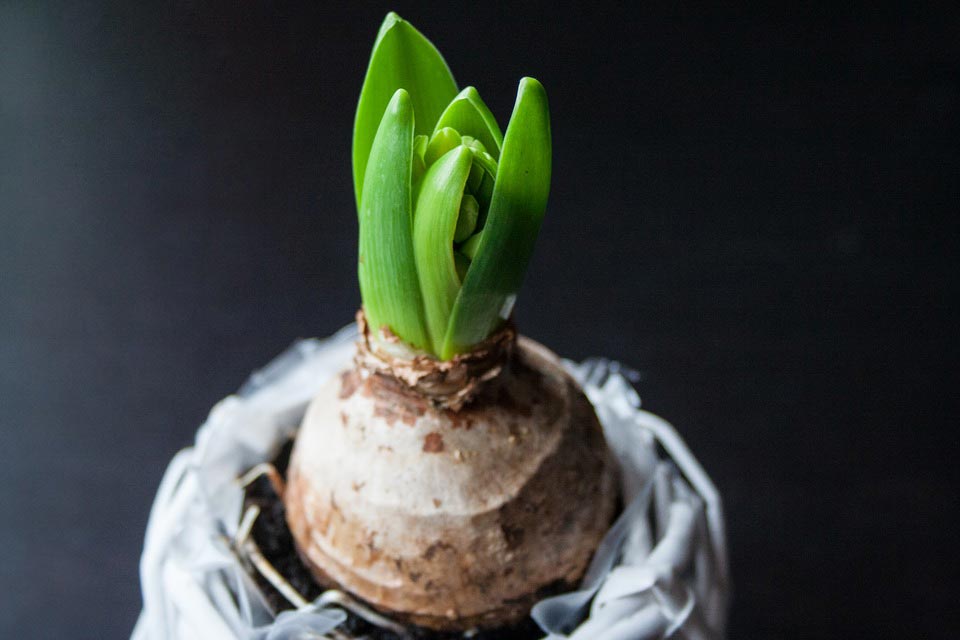 Ensure a blooming garden: effectively protect your precious bulbs!
Ensure a blooming garden: effectively protect your precious bulbs!
1) The bulb basket
There are perforated plastic baskets designed to store and facilitate the lifting of bulbs once they have finished flowering. Remember to use them to protect your bulbs from rodents! Once the bulbs are placed inside, these baskets are buried.
2) A wire mesh cage
This is a simple and very effective solution that involves surrounding your bulbs with wire mesh. Use fine mesh wire that you will cut into rectangles of varying sizes depending on the size of the bulbs. Fold the edges and place it at the bottom of the planting hole. Create large cages to plant several small bulbs together and individually surround larger bulbs with fine mesh wire. After installing the bulbs, close the basket to about 5 cm, add soil on top, and why not, replant ground covers to prevent the soil from remaining naked.
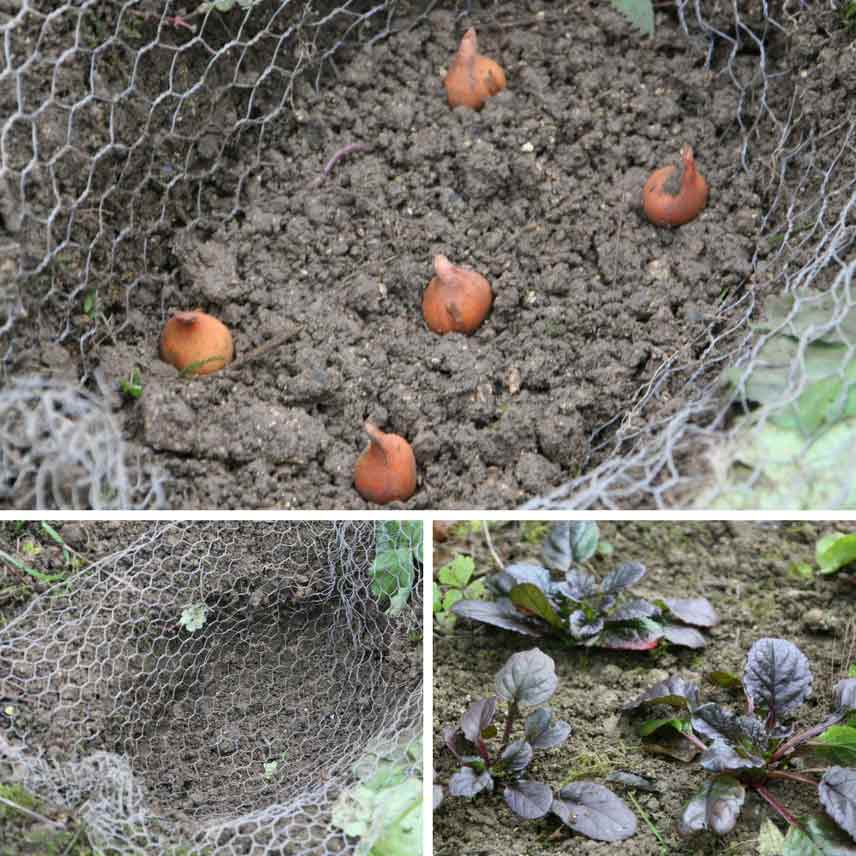 This ultimate technique is undoubtedly the most effective for sustainably protecting bulbs from rodents.
This ultimate technique is undoubtedly the most effective for sustainably protecting bulbs from rodents.
- Subscribe!
- Contents
































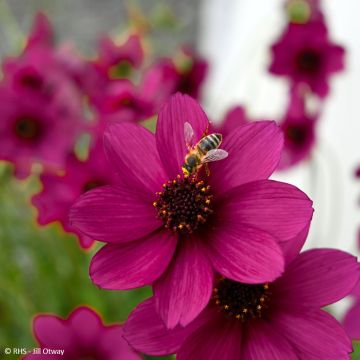
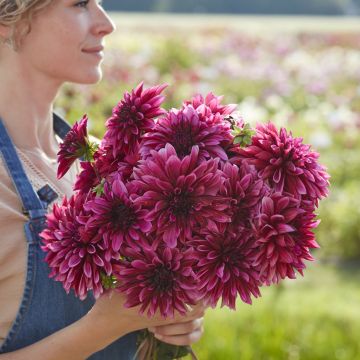
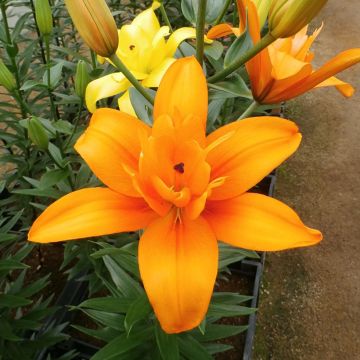


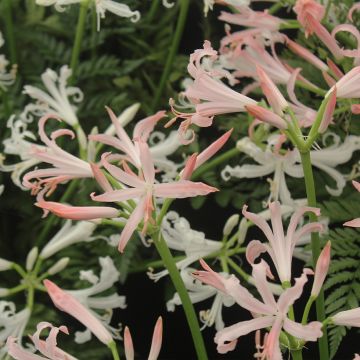
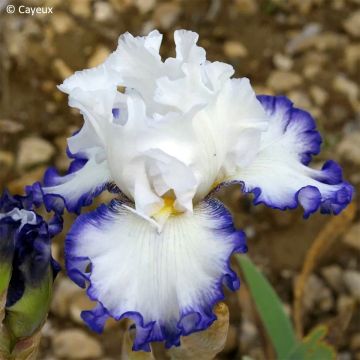
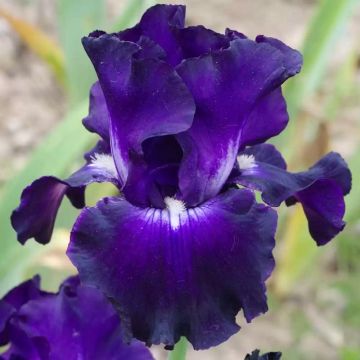
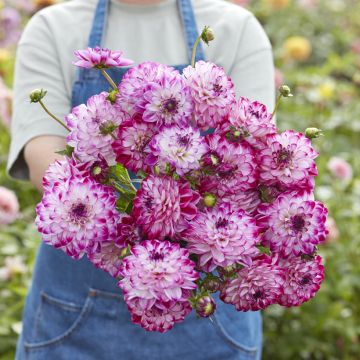

Comments